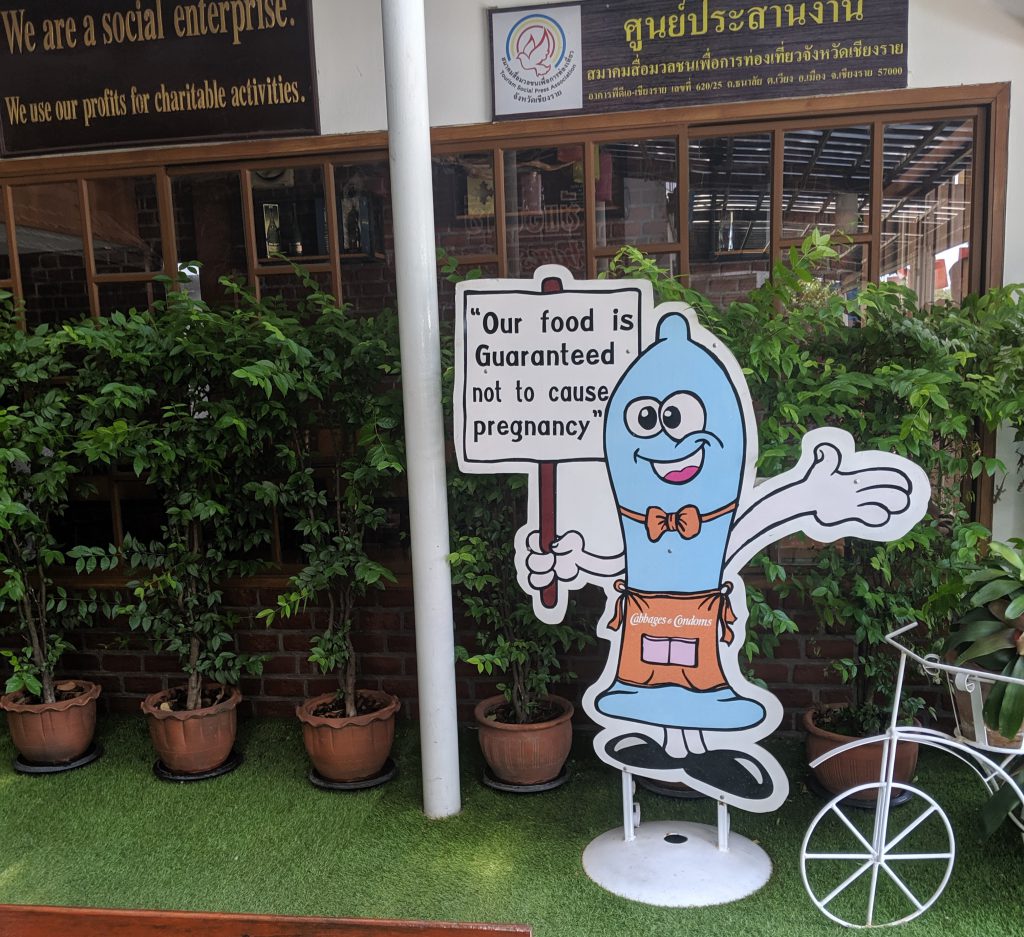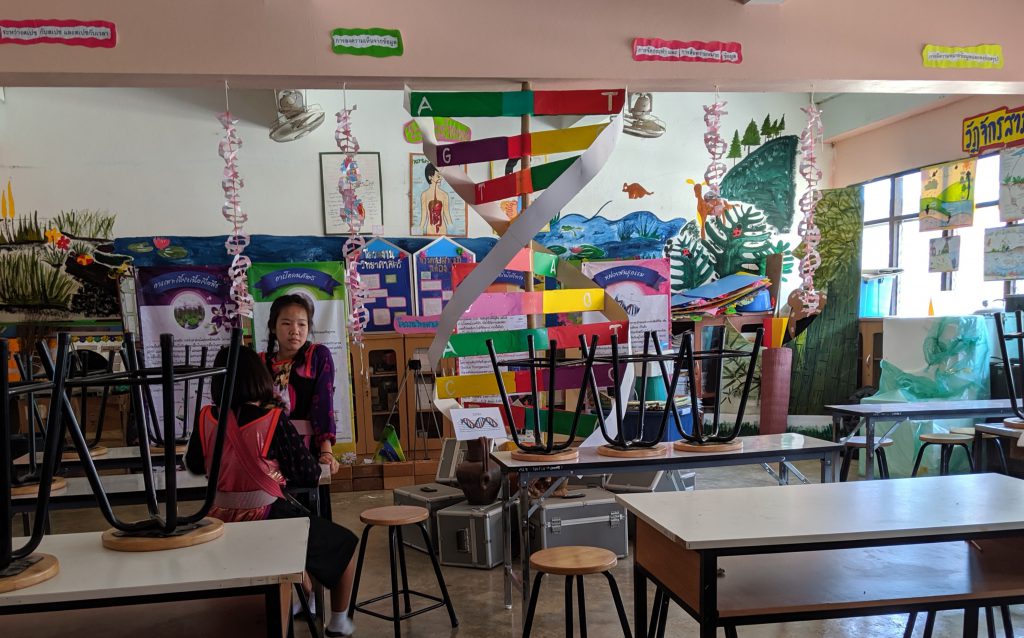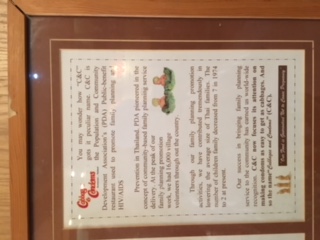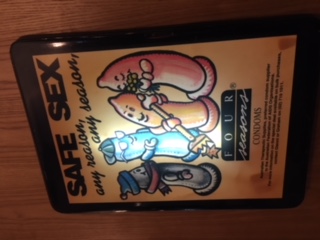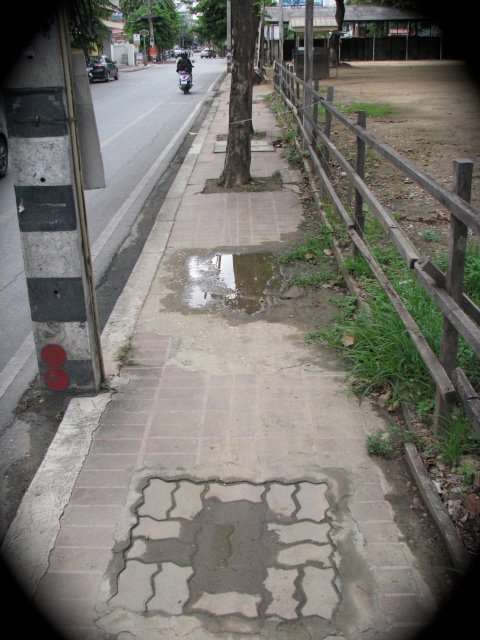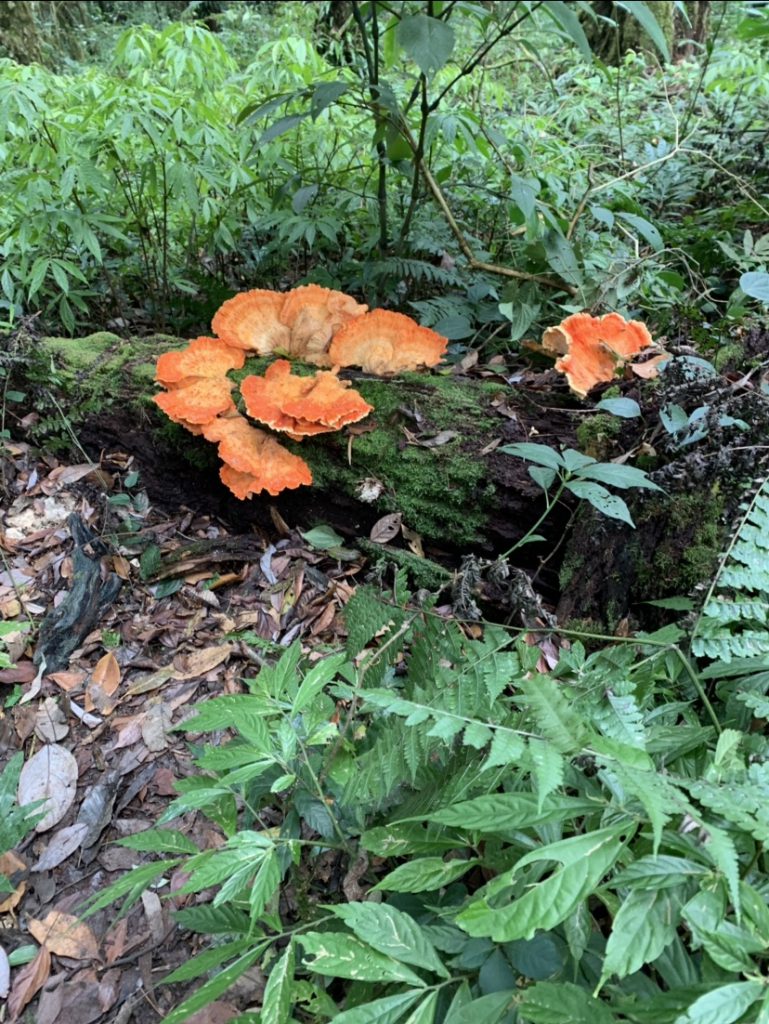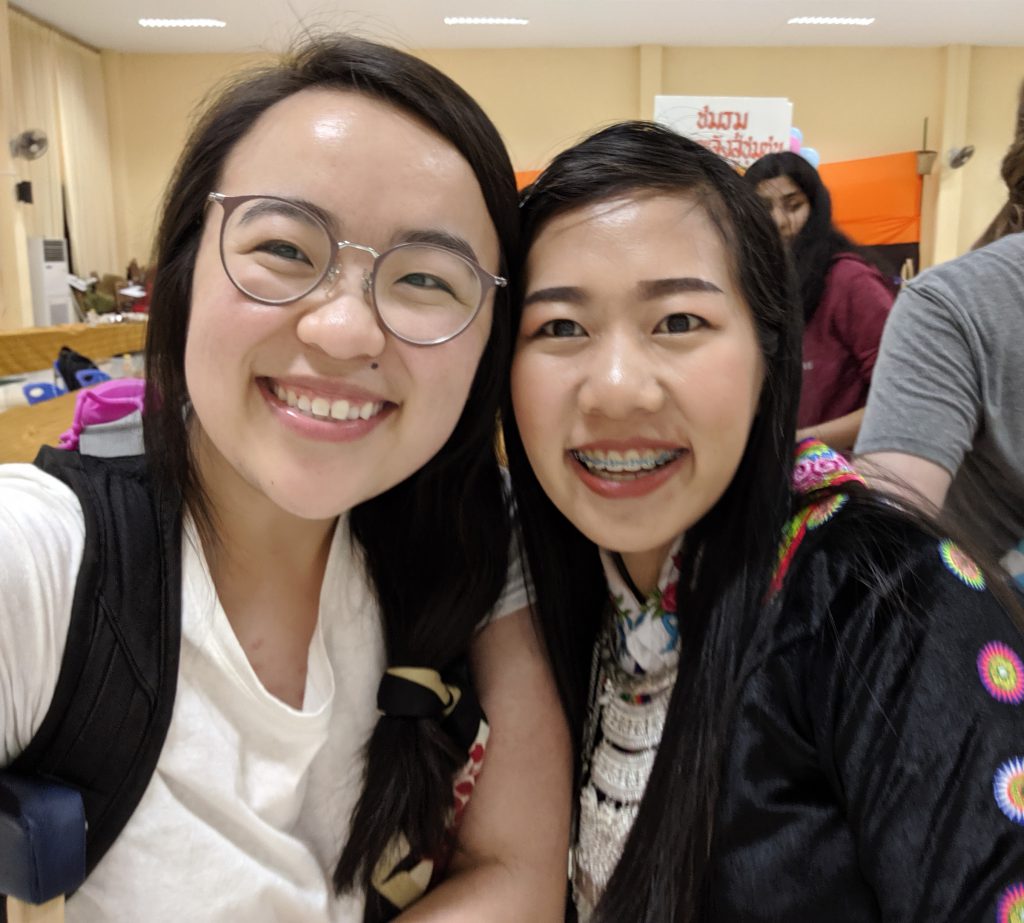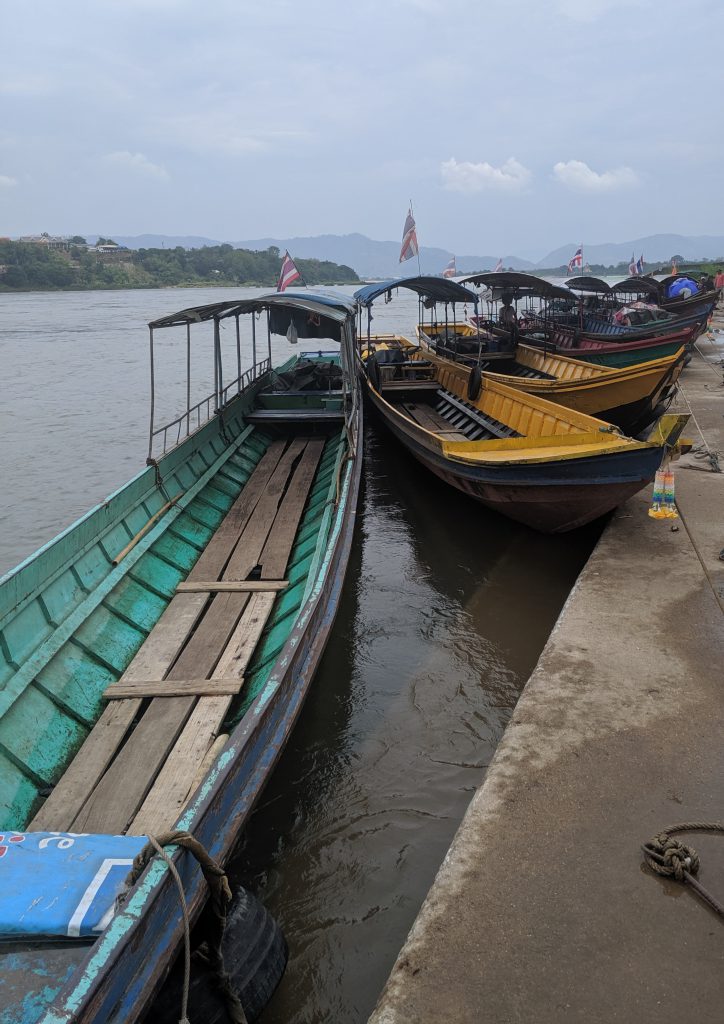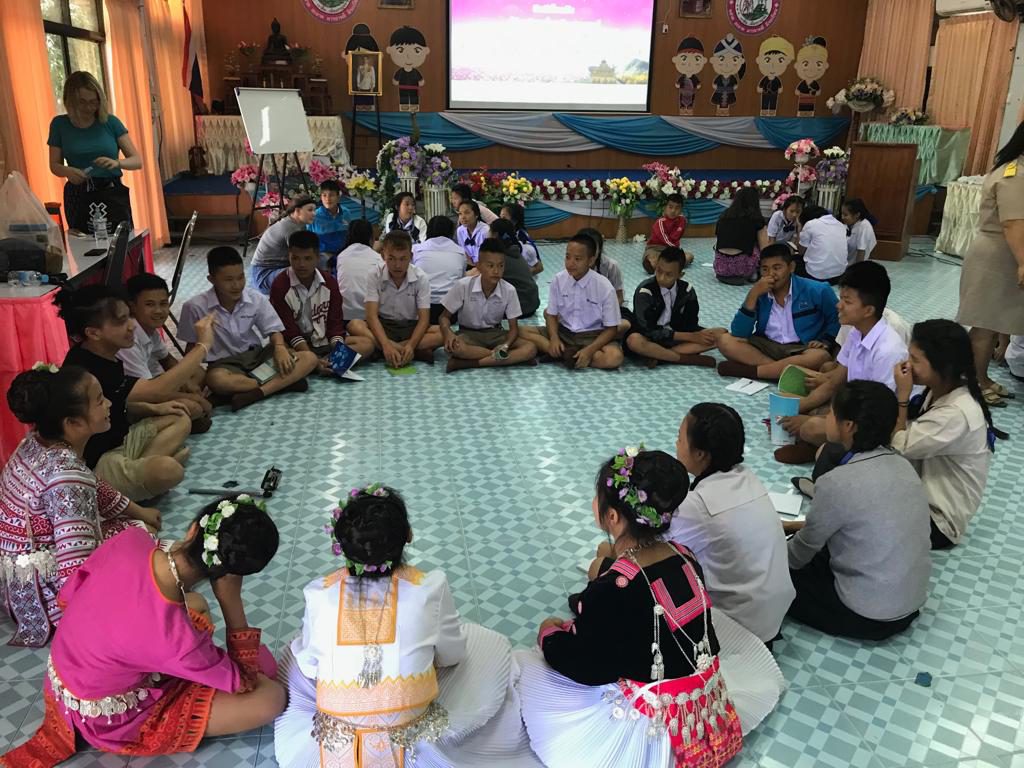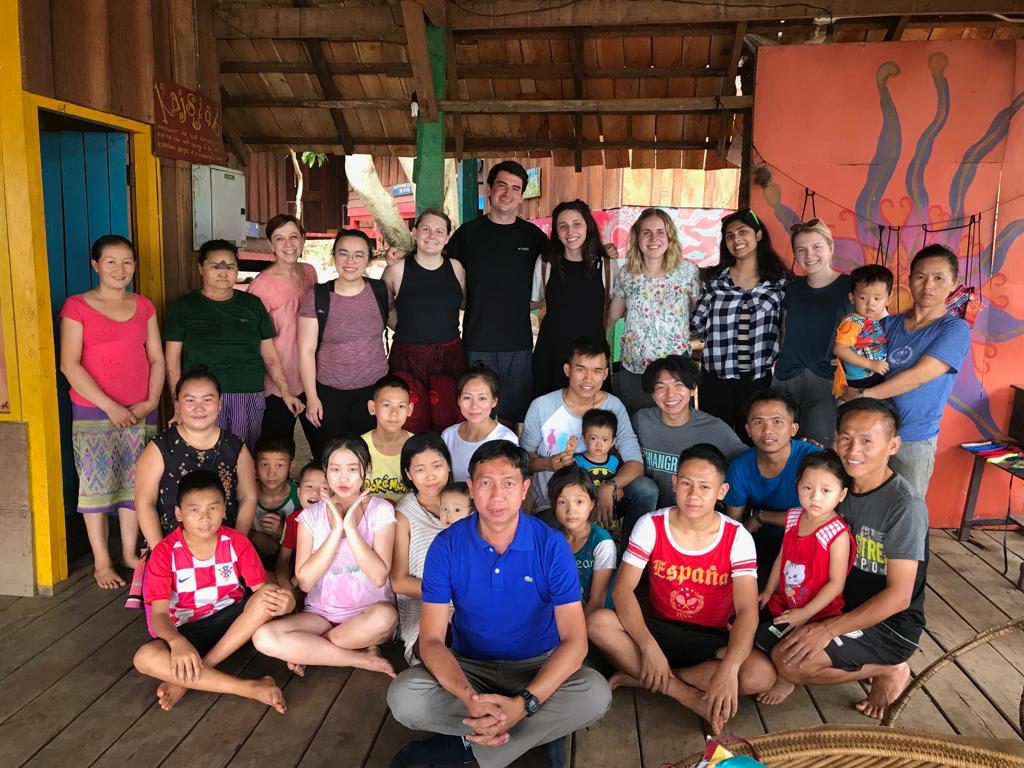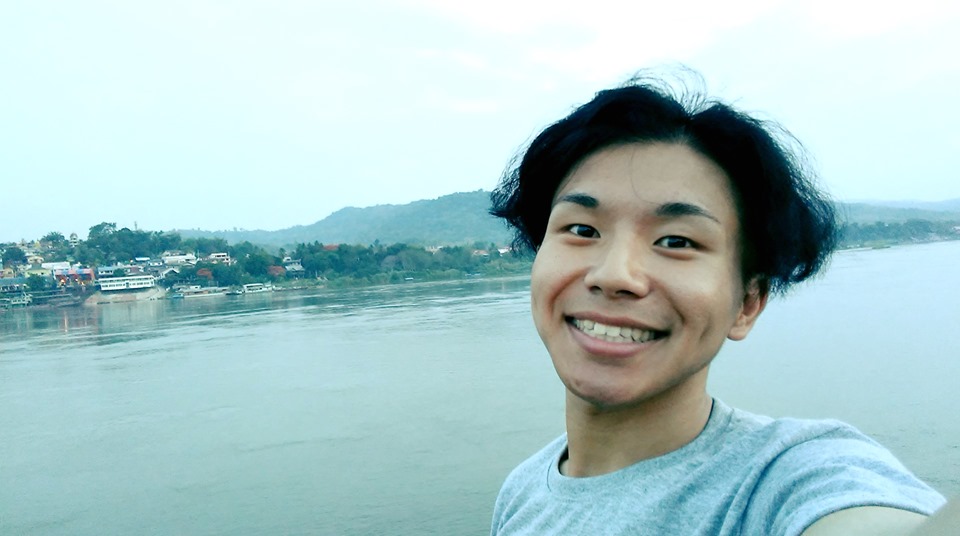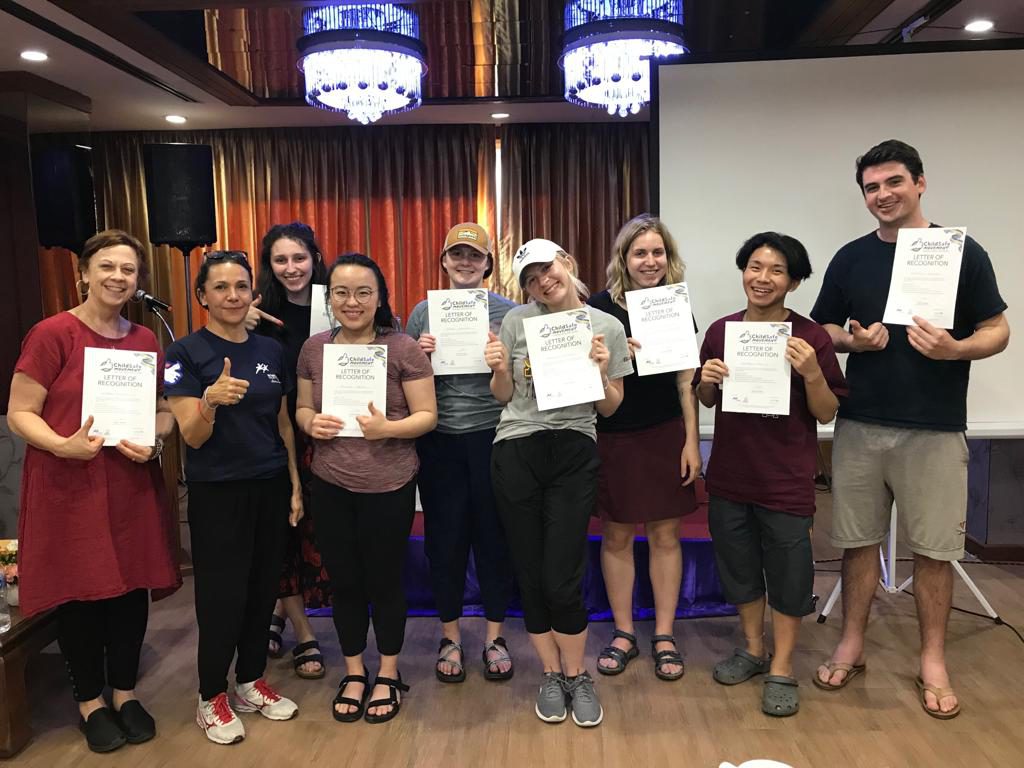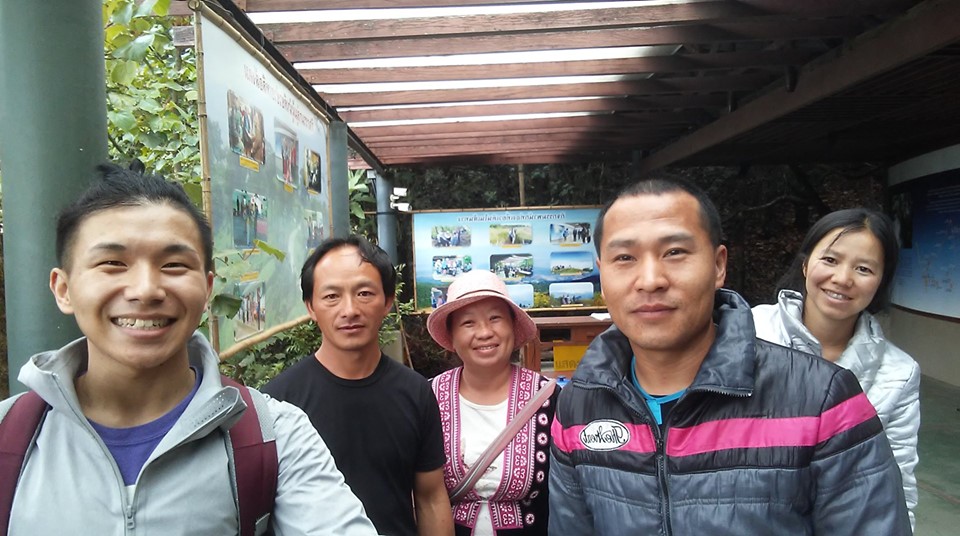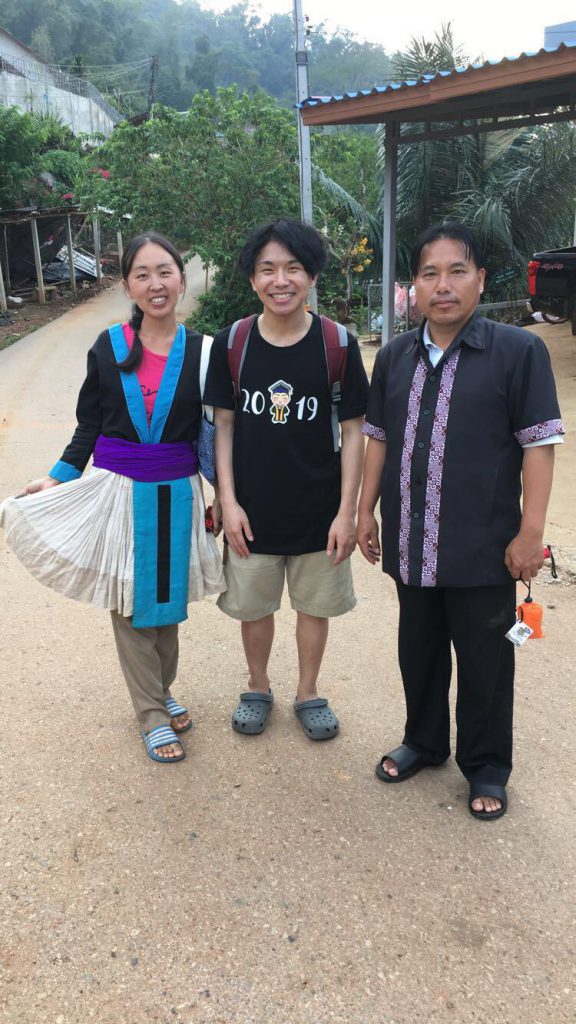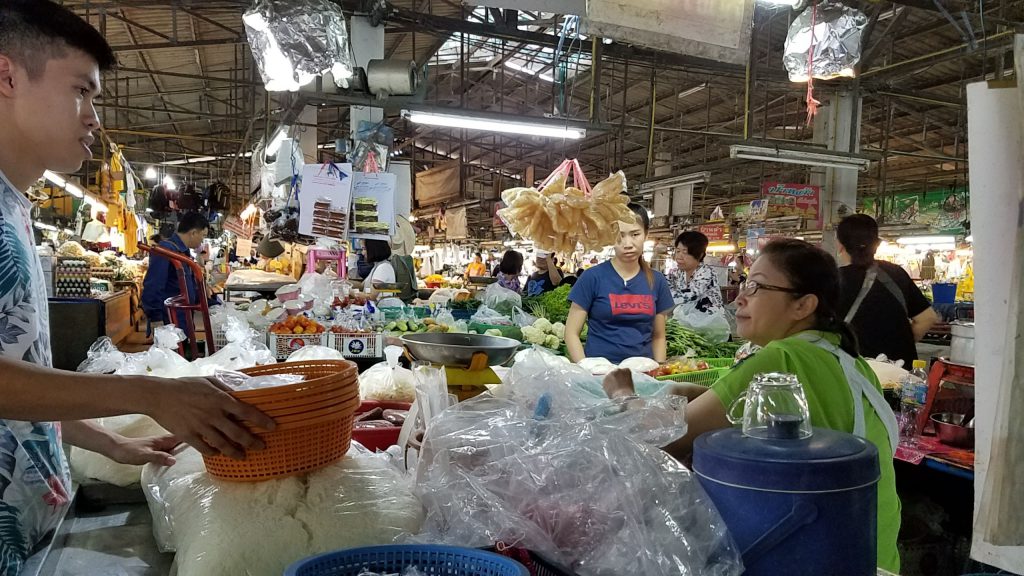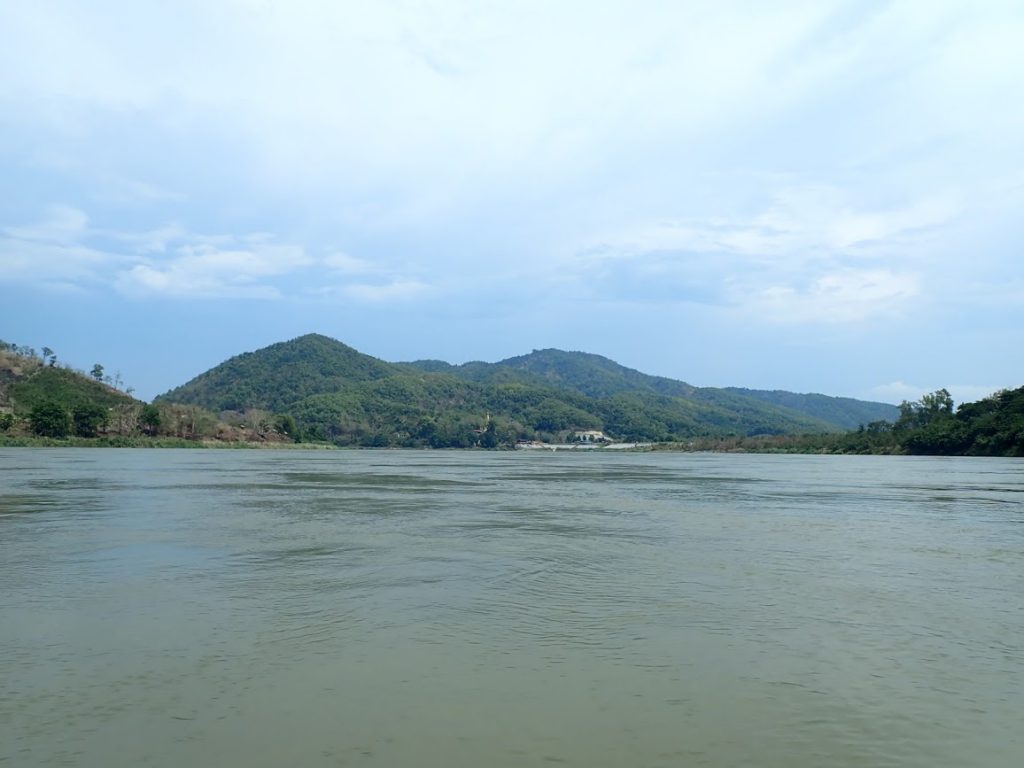
“If things continue the way they have been, by 2040, 97% of the original biodiversity within the Mekong River will be lost.”
Niwat Roykaew – Local Advocate and Director of Chiang Khong Mekong School for Local Knowledge
Winding almost 3,000 miles, the Mekong (Mae Kong) River spans through the countries of China, Myanmar, Laos, Thailand, Cambodia, and Vietnam. The Mekong River, known for its rich and essential biodiversity, provides livelihoods for more than 60 million people (Lovgren, 2018). Social and economic development in the Mekong Region is posing major threats to the conservation of the river. In this post we will discuss some of the main pressing threats to the Mekong River that we learned through articles and the organizations we encountered while in Thailand. The Mekong River has been changed by the increasing level of development of unsustainable infrastructure and high rates of pollution, directly impacting the fish biodiversity, livelihoods, and human health in the regions.
Environmental Infrastructure
With 11 major dams already developed along the Mekong river, there are plans for future dam development, some already being constructed. Mr. Niwat Roykaew, local activist and the director of Chiang Khong Mekong School on Local Knowledge, discussed the many environmental issues associated with the development of large infrastructure in the Mekong.
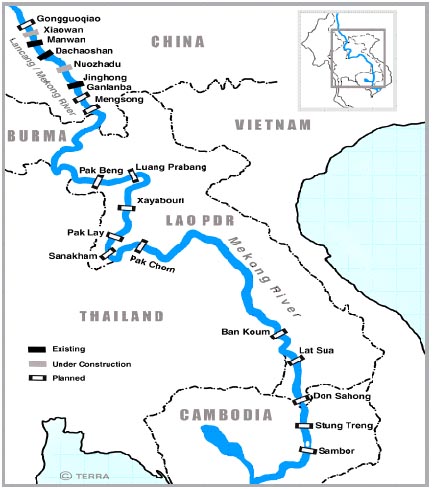
China is causing disastrous conditions for the countries downstream, dam construction has already caused downstream impacts, especially in the Thai-Lao border where communities have been suffering from the changing water levels. Mr. Niwat Roykaew also stated that China will close their dams when they need water and open them when they have too much, resulting in the downstream countries to experience major drought and then flooding, drastically changing the waters flow rate and limiting the amount of nutrient rich sediment that is crucial to maintain biodiversity.
Effects of Fish Biodiversity

Around the globe, it is known that dams negatively impact fish populations due to the disruption they have on spawning. The Mekong River is no exception and is now experiencing the side effects of having dams in place. Perhaps the most iconic fish in the Mekong river, the Mekong giant catfish, is a perfect example of the effect’s dams are having on migratory fish. Before the construction of dams began in the 1990’s, annual catch rates for the Mekong giant catfish hovered around 70 fish. This number steadily declined over the next decade leading to four years between 2000 and 2006 with no Mekong giant Catfish being reported (Hogan, 2013). It is now illegal to fish for the Mekong giant catfish as it is a protected species and is listed as a critically endangered species as well. Mr. Niwat Roykaew stated that if nothing changes in the Mekong River, then by 2040 97% of the biodiversity in the river will be lost. Local communities and their fisherman will be left to deal with the fallout.
Fishing not only provides food for villages located on the Mekong river, but is an important source of income for many families. The total economic value of the Mekong river is estimated to be between $5.6 and $9.4 billion per year (Morton & Olson, 2018). The economic boost that fishing and the industries that compliment it provide should be incentive enough to attempt to save this habitat. Fisherman around the globe have suffered because of the impact dams have had on their fisheries. The Columbia river, whose first dam was completed in 1933, is a clear example of this pattern. In 1940, commercial harvest for salmon was 15 thousand metric tons. This number has decreased to around two thousand metric tons in 2010. The Columbia river houses, 15 mainstream dams and an extensive network of hatcheries is being used in order to help maintain salmon populations (Environmental Management, 2010). Right now, there are a very limited number of hatcheries supporting the Mekong. The livelihood of fisherman on the Mekong is being challenged at the moment. Local representatives from the Hill Tribe Development Foundation (HADF) told of fisherman villages that are now abandoned along the shores of the Mekong river because there were no longer fishable populations left in those areas. Dams are interrupting the equilibrium of the Mekong river which in turn affects the local fisherman that rely on this fishery.
Environmental Public Health
The issues stated before directly impact the health of the individuals within the Mekong River area. With contaminated water, fish become contaminated, providing another route of harmful exposure to local people. According to Niwat Roykaew of the Chiang Khong Mekong School for Local Knowledge, local fish are also being forced to span in new areas due to the changes the damns have enacted, heightening the possibility of contamination. Fish and aquaculture in the Mekong Delta is one of the most productive inland fisheries in the world. This has made the fish both a large part of the income of locals, but a staple in local foods as well.

Metals have been found to be the leading cause of concern in cultivated Mekong fish. Studies have shown that zinc, arsenic and copper are the most concentrated metals in the fish, followed by cadmium and lead. Daily intakes of these metals range up to 50 mg/(kg day) while the average recommended amount is 12 mg (Chanpiwat et al. 2016). The hazard quotient for zinc in the Mekong River ranges from 50-120 HQ, meaning that there is an increased likelihood of health risks that are highly expected. These include low copper levels, low immunity and low levels of HDL (high-density lipoprotein) cholesterol. Overexposure to copper metals has produced liver and kidney damage along with a decrease in fetal growth (Agency for Toxic Substances, 2004).
Thousands of people are exposed to these increased concentrations of metals, leading to many long term health issues and even death. In addition to the dangerous water quality and fish, the number of fish has decreased. This has removed a very important part of the local people’s diet, causing them to turn to other sources of food. With many of these individuals being low income, individuals may begin to turn to cheap, nutrient-empty foods. This includes chips, cookies, fast-food and other snack items that are high in sugar and salt, but low in nutritional values. Food deserts like this are correlated with the rise in obesity, cardiovascular diseases and other health care risks. Overall, there are large health impacts on the local community that are directly caused by the misuse and mistreatment of the Mekong River and its environment.
Future Progress

The Mekong River has been changed by unsustainable infrastructure and pollution, which directly impacts the biodiversity of fish and human health in the region. Organizations such as the Chiang Khong Mekong School on Local Knowledge have focused on educating young people on the history and importance of the Mekong River in their communities. They also have been involved with numerous community-based research efforts which are used on the national and international level to defend and protect the Mekong River. Partnerships with other organizations including the Mekong Youth Assembly, International Accountability Project, The Center for ASEAN Studies, Chiang Mai University and iMekong have broadened the horizons and impact of local communities to enact change (Weerachat, 2016). Outside countries including Australia and the United States have also begun to take notice of the worsening conditions. However, more support, education and resources are needed to change the course of the Mekong River. It is vital to these local communities, the ecosystems in the region and to the countries in which it graces their border.
Authors: Lilly Arvidson, Griffin Conway & Mason Schlief

